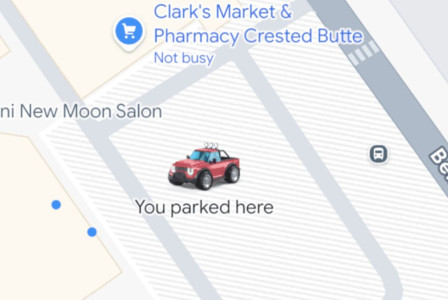SEARCH
OpenAI's ChatGPT Agent aims to take over tasks on your device

SHARE IT
OpenAI has taken another bold step in its pursuit of integrating artificial intelligence into daily life with the introduction of ChatGPT Agent, a new tool that stretches far beyond the traditional confines of a chatbot. Officially announced on Thursday, this innovation marks OpenAI’s entry into the emerging “agentic” AI field, where systems are not merely reactive but instead carry out entire tasks autonomously.
Unlike the familiar chatbot confined to a simple message box, ChatGPT Agent is designed to operate with near-total independence. Using a virtual computer environment, it can tackle end-to-end assignments without requiring ongoing user prompts. The idea is that you issue a command—like asking it to scan your calendar and summarize upcoming client meetings with context from recent news, plan a full Japanese breakfast for four and order the ingredients, or analyze business competitors and produce a professional slide deck—and the agent handles the rest.
According to OpenAI, ChatGPT Agent can navigate websites, switch between applications, interact with user interfaces, and even execute tasks through a virtual terminal. It’s a kind of AI concierge that doesn’t just offer suggestions but acts on them, bridging the gap between conversation and execution.
Under the hood, ChatGPT Agent is powered by a new, purpose-built model that combines elements of previously released tools. It draws on the browsing capabilities of Operator and the analytical power of Deep Research—two tools introduced by OpenAI earlier this year. This new agent was trained specifically for complex, multi-step workflows, where jumping between various digital tools is often essential.
Early feedback suggests the concept is promising, though far from flawless. According to The Verge, ChatGPT Agent demonstrates impressive autonomy and task handling, but its performance speed leaves something to be desired. The agent is clearly not designed for users to monitor in real-time, as it takes its time completing each operation. Similarly, Wired highlighted the sluggishness in a recent test where the tool took over an hour to order cupcakes for Isa Fulford, one of OpenAI’s research leads. Yet even in that case, Fulford noted that the time saved was still valuable—she simply didn’t want to do the task herself.
One of the more intriguing features highlighted by Wired is the “replay” option, which allows users to review each step the agent took to reach the final result. This adds a layer of transparency, enabling users to audit the process and better understand how the AI operates.
ChatGPT Agent arrives amid growing industry interest in autonomous AI systems, often touted as potential replacements for human workers in specific roles. Notably, companies like Klarna have already deployed AI agents in customer service functions—only to roll back the initiative after finding that the quality of work didn’t quite meet expectations.
As with many emerging AI tools, the rollout of ChatGPT Agent is being handled incrementally. The feature is currently available to subscribers of ChatGPT’s Pro, Plus, and Team plans under the “agent mode” setting. OpenAI has also announced plans to expand access to users of its Enterprise and Education tiers later in the summer.
Still, the idea of an AI with full operational access to your digital environment raises some important questions. While the convenience of an assistant that books, plans, and analyzes without supervision may be appealing, it also demands a level of trust that not all users are ready to extend. OpenAI may be positioning ChatGPT Agent as a breakthrough in productivity and efficiency, but at its core, the feature challenges users to decide just how much control they are willing to hand over to artificial intelligence.
For now, the choice remains in your hands. You can enable the agent—or simply opt out. As some early reviewers noted, just because the AI can do something doesn’t mean you have to let it.
MORE NEWS FOR YOU

 Help & Support
Help & Support 

